1 A tensiontype headache TensionType headaches are the most common type of headache This problem often perceived as a pain pressing on both sides Usually lays around the forehead, back of the head, neck, and radiating along the back A tensiontype headache can occur at regular intervals or chronicallyThe pain originates in the neck and radiates to the back of the head as well as jaw The pain may spread to the temples, eyes and even top of the head The neck tends to become resistant to certain movements and cannot carry out its normal range of motion The duration of pain can be a few hours or a couple of weeks Cervicogenic Headaches Start In The Neck A cervicogenic headache starts in the cervical spineyour neck Sometimes these headaches mimic migraine headache symptoms Initially, pain may begin intermittently, spread to one side of the

Cervicogenic Headaches Start In The Neck
Headache types back of head and neck
Headache types back of head and neck-There are several categories of primary headaches Some of the most common types of primary headaches include Migraine headache With a cervical artery dissection, the neck pain is unusual, persistent, and often accompanied by a severe headache, says Dr Rost The neck pain from a carotid artery tear often spreads along the side of the neck and up toward the outer corner of the eye A vertebral artery tear may feel like something sharp is stuck in the base of your skull
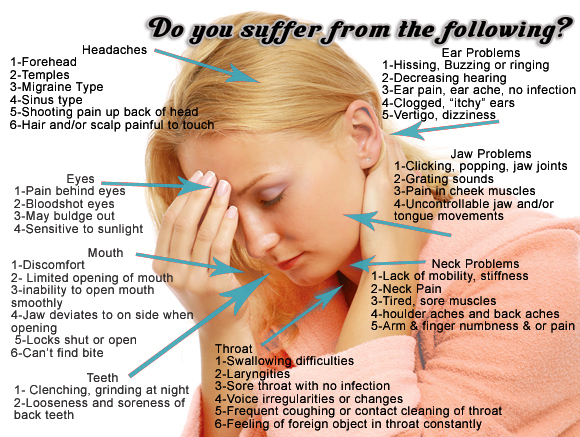



Learn About The Four Types Of Headaches
A headache is a pain or discomfort in the head, scalp, or neck Common types of headaches include tension headaches, migraine or cluster headaches, sinus headaches, and headaches that begin in your neckYou may have a mild headache with a cold, the flu, or other viral illnesses when you also have a low fever Some headaches are a sign of a more serious Herniated disks in the cervical spine (neck) can cause neck pain and tension This can cause a type of headache called a cervicogenic headacheHeadache at the back of head or headache at the top of the head is a common problem, but it is certainly not a normal feeling to experience Sufferers feel a dull, heavy and aching feeling at the back of the skull and into the top of the neck The muscles can feel tight, sore and inflamed DA 27 PA 14 MOZ Rank 46 Neck Pain and Headaches
Below we have mentioned few specific symptoms that may cause Pain in back of head at base of skull and neck and shoulder Occipital neuralgia can cause sudden, severe, intense pain that feels like a piercing, stabbing, electric shock in the back of the head and neck Pain in the head either one side or both sideHeadaches with neck pain can make you feel miserable But not all of them are the same Sometimes neck problems are what inspire a throbbing head, or it could be that the headacheDamage or pressure on the nerves of the upper part of the spinal column, neck, scalp, and back of the head can result in occipital neuralgia, or cervicogenic headaches
Other symptoms can include shoulder pain along with muscle weakness and numbness or tingling sensationsThrobbing headache in the back of your head;Cervicogenic Headache Symptoms Pain on one side of the head or face, stiff neck, pain around the eyes, neck, shoulder, and arms, nausea, blurred vision, sensitivity to light and sound Precipitating Factors Injury to the neck, malformations of the cervical vertebrae, arthritis of the upper spine




Migraine Canada Top Ten Facts About The Neck And Migraines
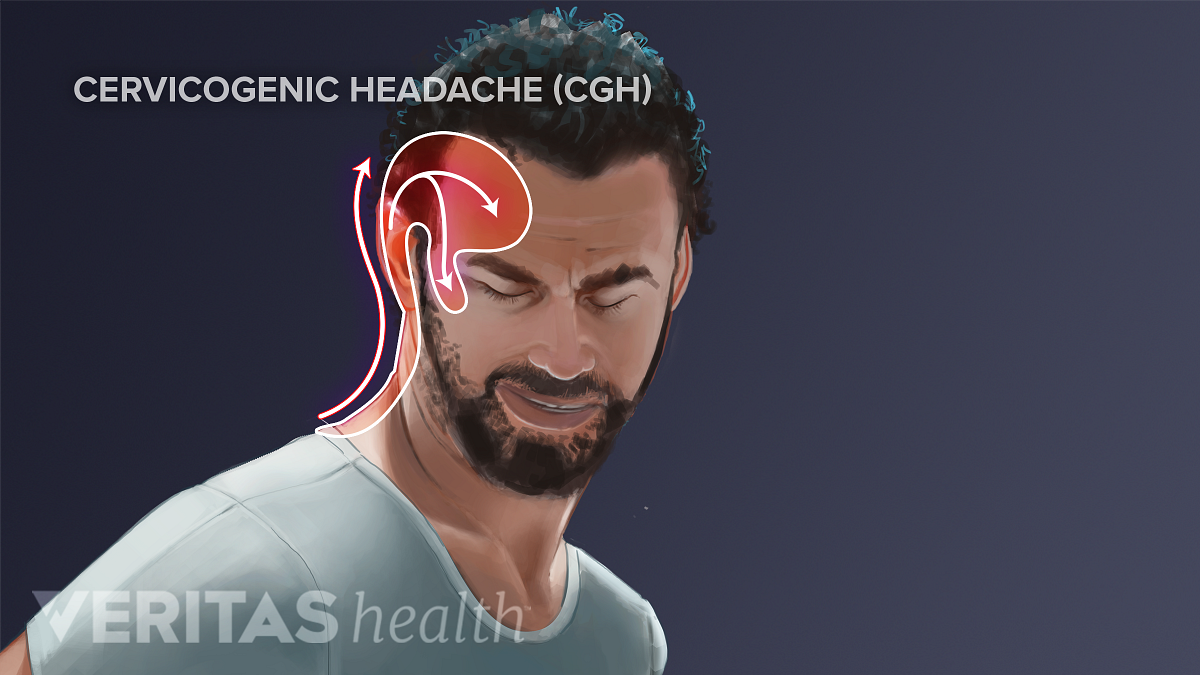



What Is Cervicogenic Headache
Tension headaches, migraines, and cluster headaches are three main types of headaches, which can happen to us The most frequent type of a headache is a tension headache It usually appears at the back of the neck and it's usually a consequence of stiffened muscles and too much stress in everyday lifeContact National Spine & Pain Centers to schedule an appointment with an affiliated pain specialist for Occipital Neuralgia treatment today How & Why Does Occipital Neuralgia Develop Much of the feeling in the back and top of the head is transmitted to the brain by the two occipital nerves, which emerge from the spine in the upper neck and travel to the top of the head Neck pain at the base of skull can be debilitating The 5 major causes of neck pain at base of skull are muscle strain, facet, disc, ligament, or nerve injury Treatment options depend upon the underlying cause of the pain COIVD, telemedicine and managed care 5minute evaluations have made it difficult to secure an accurate diagnosis




Headache Hope Through Research National Institute Of Neurological Disorders And Stroke




Headache And Pain At The Back Of Head How To Treat
The pain caused by a cervicogenic headache begins in the neck and the back of the head and radiates towards the front of the head People may confuse cervicogenic headaches with migraines andA stiff neck headache will occur which can cause the patient's muscles in the neck and head area to tense up What Causes Headaches in the Back of the Head and Neck?Several causes may lead to headache and neck pain Certain headaches may come from pain originating from other locations in the body or from particular events




Migraine Vs Headache How To Tell The Difference
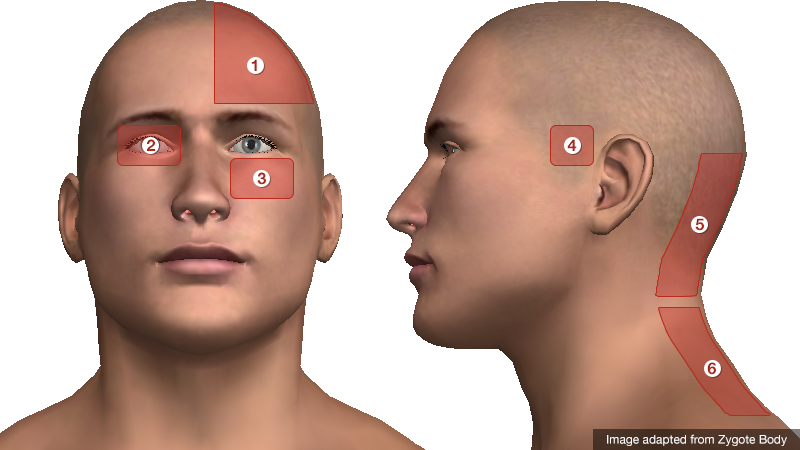



Differential Diagnosis Of Headache
Cervicogenic headache usually begins as a dull ache in the neck and radiates upward along the back of the head, almost always onesided Pain may also spread to the forehead, temple, and area around the eyes and/or ears CGH is caused due to an underlying disc, joint, muscle, or nerve disorder in the neck Tensiontype headaches Tensiontype headaches are the most common type of headache They cause moderate to severe pain on both sides of the head They sometimes cause nausea, vomiting, and light or sound sensitivity The pain is often described as a band across the forehead, eye area, and sides of the head A very severe, sudden headache Headache after a head injury or fall Fever, stiff neck, rash, confusion, seizure, double vision, weakness, numbness or difficulty speaking Pain that worsens despite treatment These symptoms suggest a more serious condition, so it's important to get a prompt diagnosis and treatment




Cervicogenic Headaches Start In The Neck




Back Or Neck Pain What Different Types Of Pain Mean Willow Pt
CGH usually begins as a dull ache in the neck and radiates upward along the back of the head, almost always affecting just one side Pain may also spread to the forehead, temple, and area around the eyes and/or ears CGH is caused due to an underlying disc, joint, muscle, or nerve disorder in the neck Usually, headaches in the back of head are the result of stress, muscle tightness, tension, the overuse of medications, and tiredness Sometimes a pain in the base of your skull can be caused by Occipital neuralgia which is a condition that affects the nerves that run from the top of the spinal cord up through the scalpA tensiontype headache is the most common type of headache and the one we think of as a normal everyday headache Symptoms of tensiontype headaches It may feel like a constant ache that affects both sides of the head You may also feel the neck muscles tighten and a feeling of pressure behind the eyes A tension headache normally is not severe enough to prevent you doing
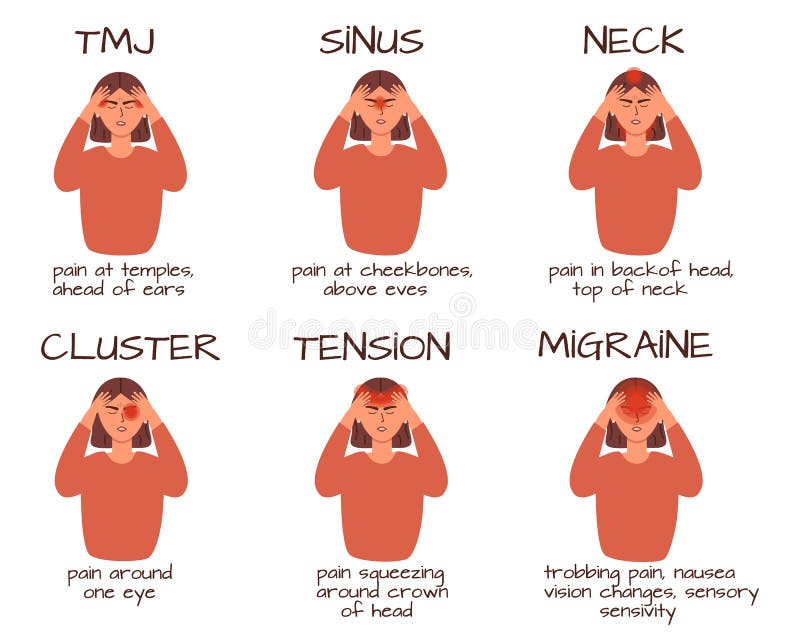



Migraine Sinus Headache Stock Illustrations 91 Migraine Sinus Headache Stock Illustrations Vectors Clipart Dreamstime




Massage For Neck Pain Headaches Suboccipitals
Headaches can occur in the front, back or sides of the head They may be more on sided, bilateral or be felt all over There may be associated symptoms into the neck, shoulders and arms, or even into the face, ears and eyes There are different types of headaches with different causes Below are a few types of these headaches Tension headaches Tension headaches are the most common cause of pain in the back of the head They can last for 30 minutes to seven days Severe stress, fatigue, lack of sleep, skipping meals, poor body posture, or not drinking enough water may cause tension headachesIt is also common that they trace from the neck around the back of the ear to the temple When asked about their eyes, the often have tension from this headache Occasionally, they speak of jaw pain This usually only happens with clients that are very sensitive to their head pain or have had previous TMJ dysfunction
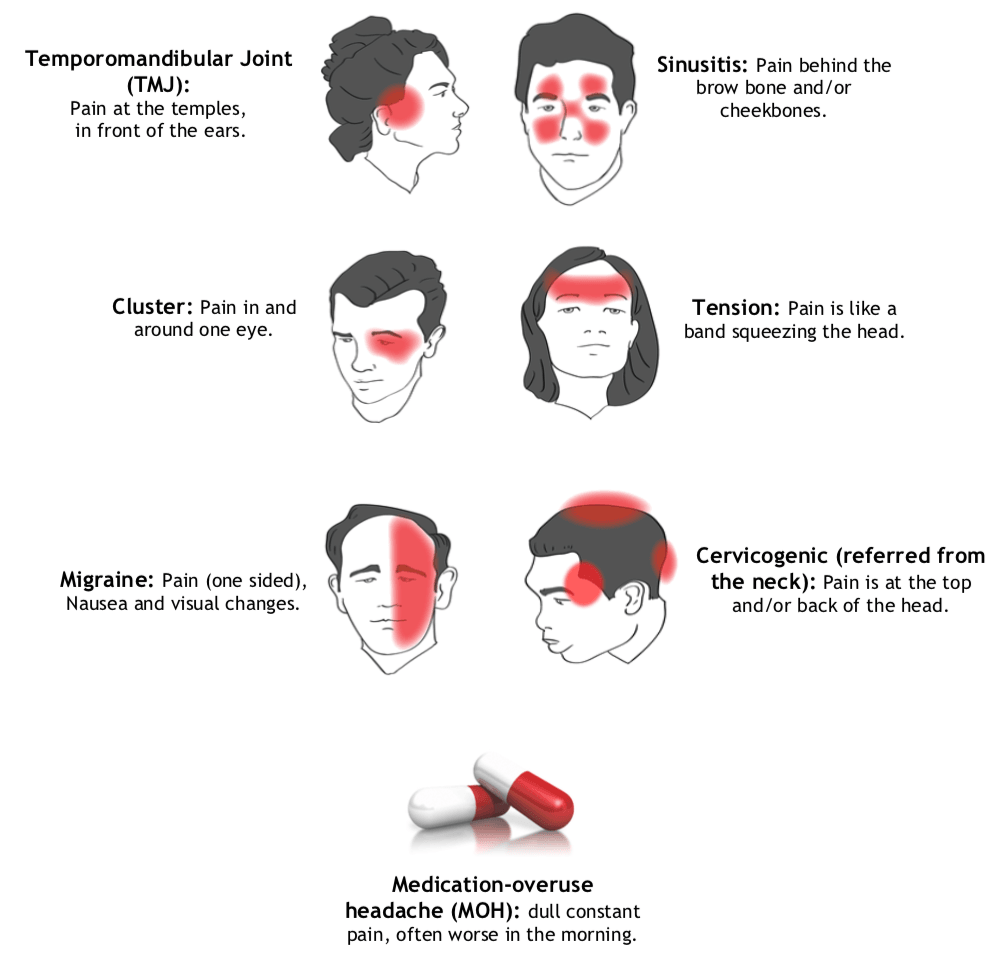



Common Types Of Headaches And Triggers South Perth Chiropractic Centre



1
Tension headaches and lower back pain and neck pain with headaches are generally rooted in the neck However, the aches and stemming points within the neck vary a lot Occipital neuralgia and cervicogenic headache (CGH) are two common types of headaches due to neck painPain is dull or feels like a band or vice around the head Pain may involve the back part of the head or neck Pain is mild to moderate, but not severe Tension type headaches typically do not cause nausea, vomiting, or sensitivity to light (photophobia) Cluster headaches These are the most common symptoms of a cluster headacheWhile other headaches can occur in the face, head and neck, migraines tend to occur primarily in the head, and generally speaking, symptoms tend to be more severe than a tensiontype headache Many common triggers for migraines include stress, with onset typically occurring after the stressful event
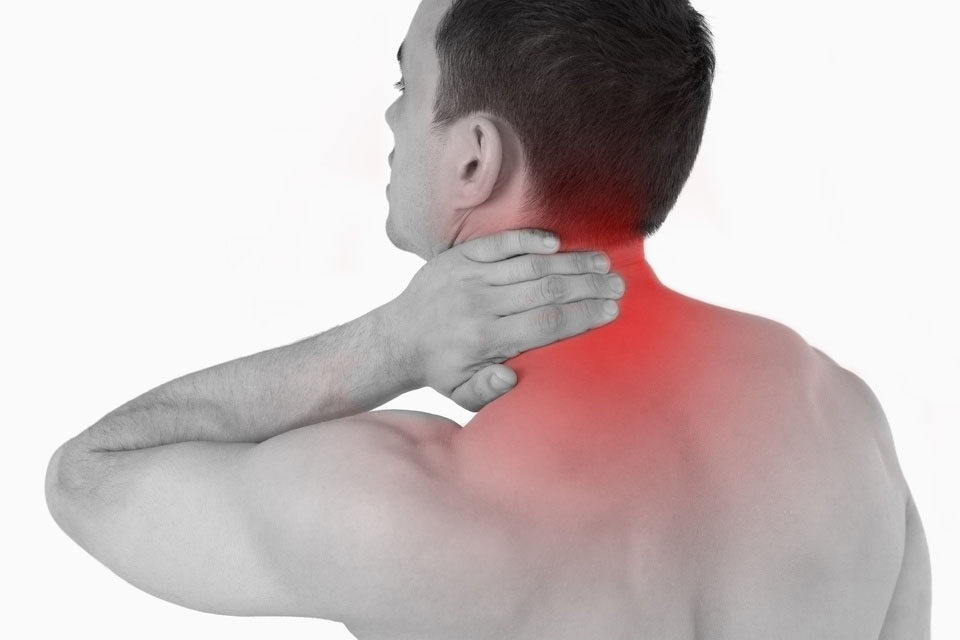



Cervicogenic Headaches A Real Pain In The Neck And Head The Physical Therapy Advisor
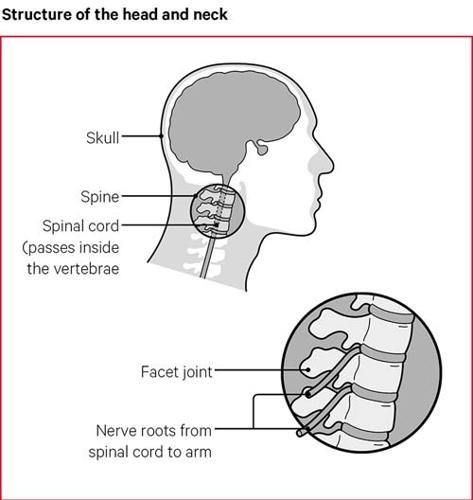



Neck Pain Causes Exercises Treatments Versus Arthritis
Tension headache This is the most common type of headache It happens when the muscles in your scalp and neck tighten This causes pain on the sides and back of your head Tension headaches occur when neck and scalp muscles become tense or contract The muscle contractions can be a response to stress, depression, head injury, or anxiety They may occur at any age, but are most common in adults and older teens It is slightly more common in women and tends to run in families Advertisement Pain or headaches at the base of your skull are often the result of tight muscles in the back of your neck due to tension, stress, or fatigue Pain in back of head at the base of skull can also be caused by a herniated cervical disc or injury to your upper neck Sometimes, the headaches that start at the base of the skull can be
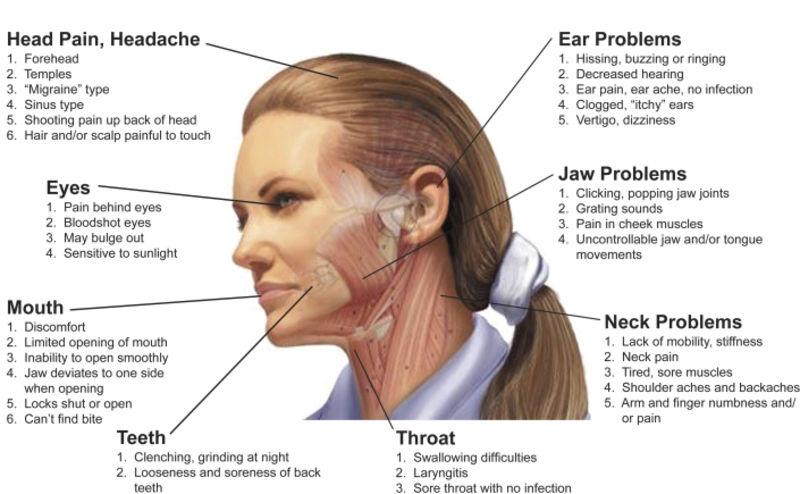



5 Signs Your Headache May Be Caused By Tmj News Emporiagazette Com




Coronavirus Headache Symptoms How Is A Covid Headache Different From Other Headaches
Headache caused by moving your neck;The brain cannot feel pain, so the pain associated with primary headache comes from the inflammation of painsensitive parts of the body in and around the neck and head, including Nerves; While some headaches might go away on their own, some have more serious causes, like migraine and medication overuse headache, that should be diagnosed and treated by a doctor Visit Medical News Today to get an overview of five common types of pain in the back of the head, including tensiontype headaches, migraine, medication overuse headache
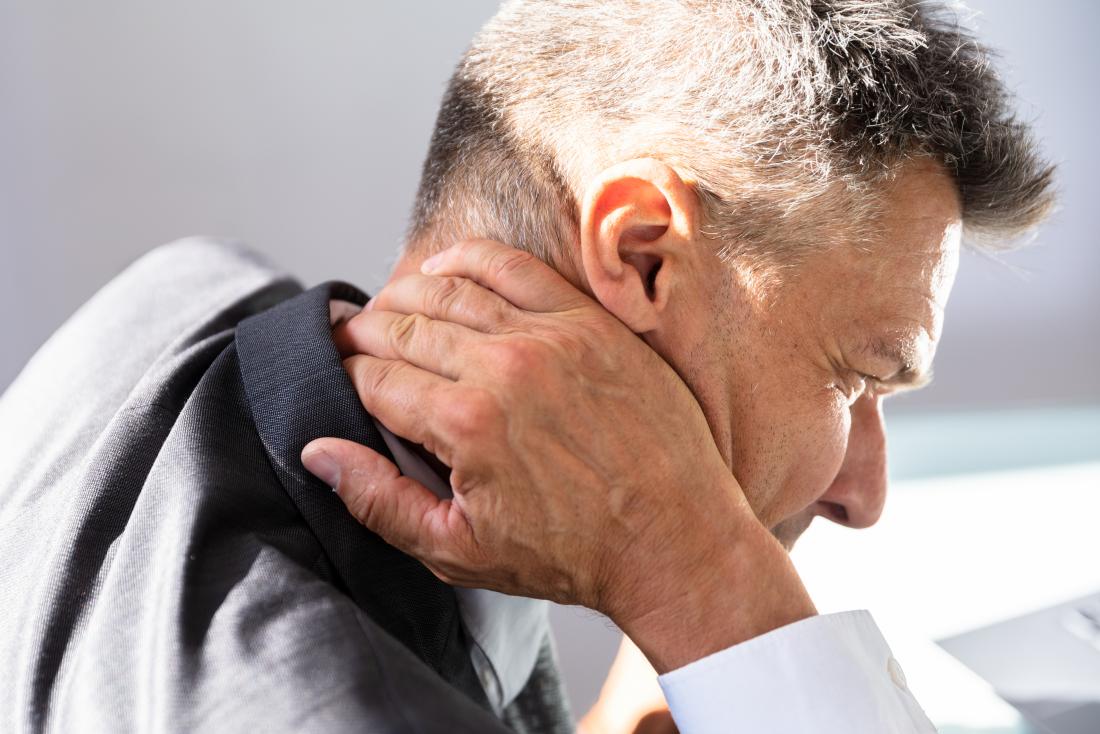



Cervicogenic Headache Symptoms Causes Diagnosis And Treatment
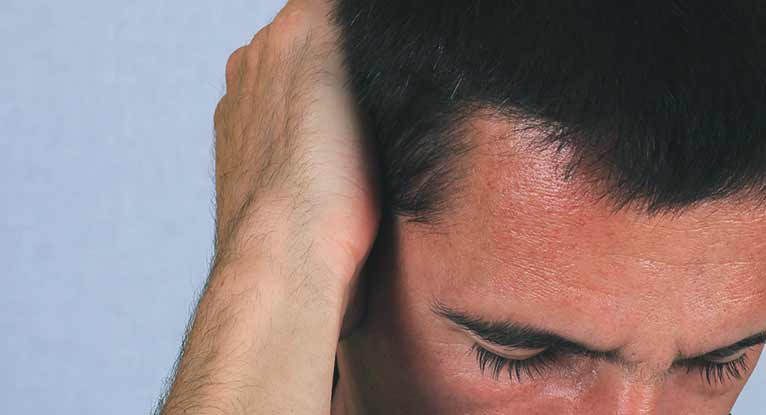



Headache Behind The Ear Causes Treatment And More
There are many different types of headache Migraines are one type A migraine is usually a moderate to severe throbbing headache often on one side of the head, and accompanied by other symptoms, such as visual disturbances (called an aura), sensitivity to light, sound or smells, and nausea or vomiting They tend to last from 4 – 72 hoursCancers of the head and neck can form in the Oral cavity Includes the lips, the front twothirds of the tongue, the gums, the lining inside the cheeks and lips, the floor (bottom) of the mouth under the tongue, the hard palate (bony top of the mouth), and the small area of the gum behind the wisdom teeth Throat (pharynx) The pharynx is a hollow tube about 5 inches long that starts




Healthshare Oxfordshire Headaches
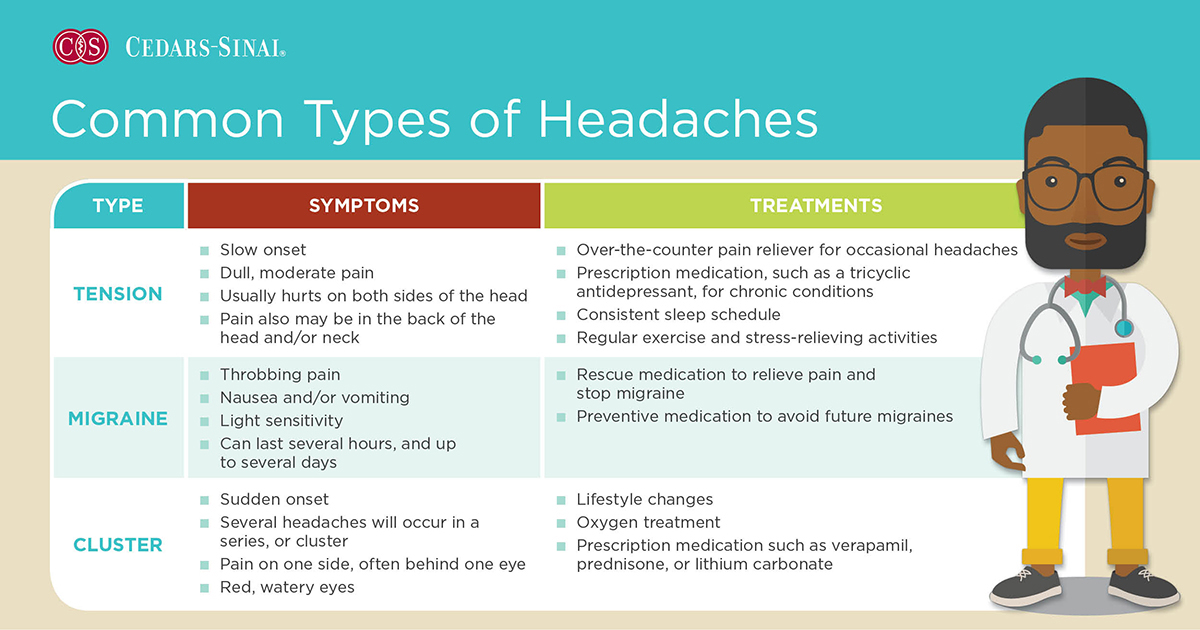



Common Types Of Headaches When To See A Doctor Cedars Sinai




Headaches When To Call The Pediatrician Healthychildren Org




Cervical Dysfunction And Pain In The Head And Neck Causes And Osteopathic Options




When Should You Worry About A Headache Queensland Health
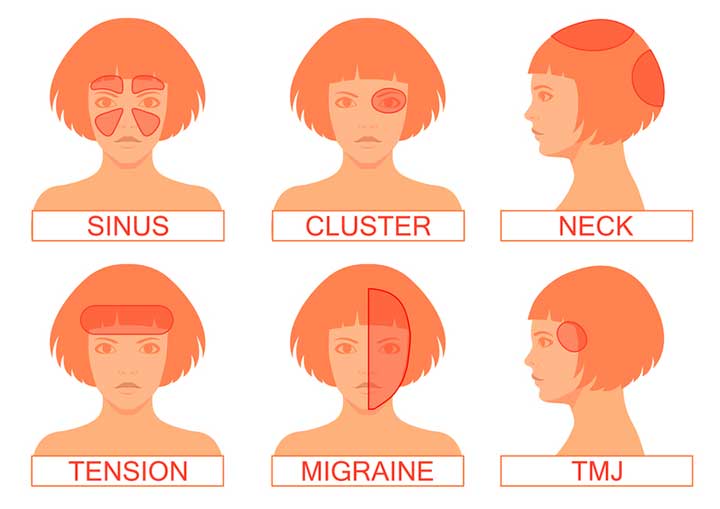



Types Of Headaches And Location Headache Location Meaning
/pinched-nerve-headache-treatment-1719581-5c04ae4146e0fb0001cc1846.png)



Getting A Headache From A Pinched Nerve



1
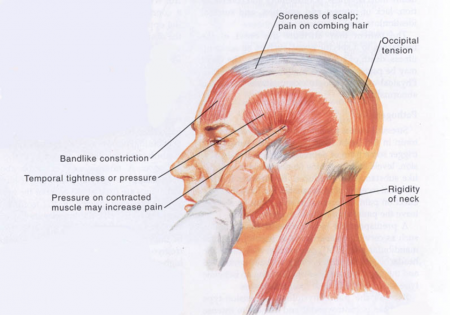



Tension Type Headache Physiopedia



Symptoms Of Headache Western New York Urology Associates Llc
/headaches-as-a-symptom-of-multiple-sclerosis-2440798-01-ac13321fbd2d4dca99f899a63b8ea265.png)



Headaches In Ms Types Symptoms Causes Diagnosis Treatments



Crystal Lake Physical Therapy Blog Crystal Lake Physical Therapy




86 Types Of Headaches Ideas Headache Types Headache Migraine
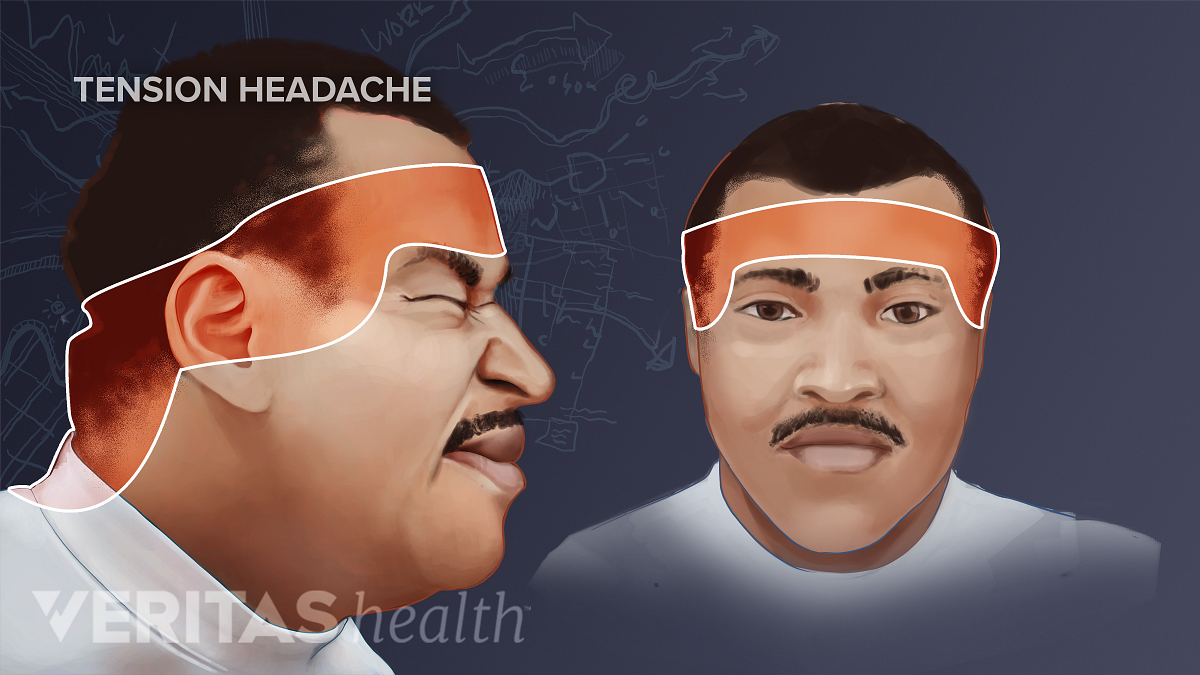



Neck Pain And Tension Headache



1




Tension Headache Medlineplus Medical Encyclopedia
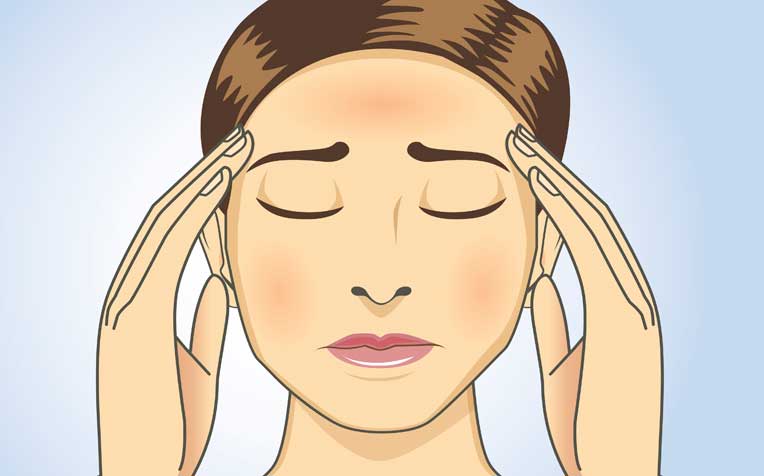



3 Types Of Primary Headaches Healthxchange
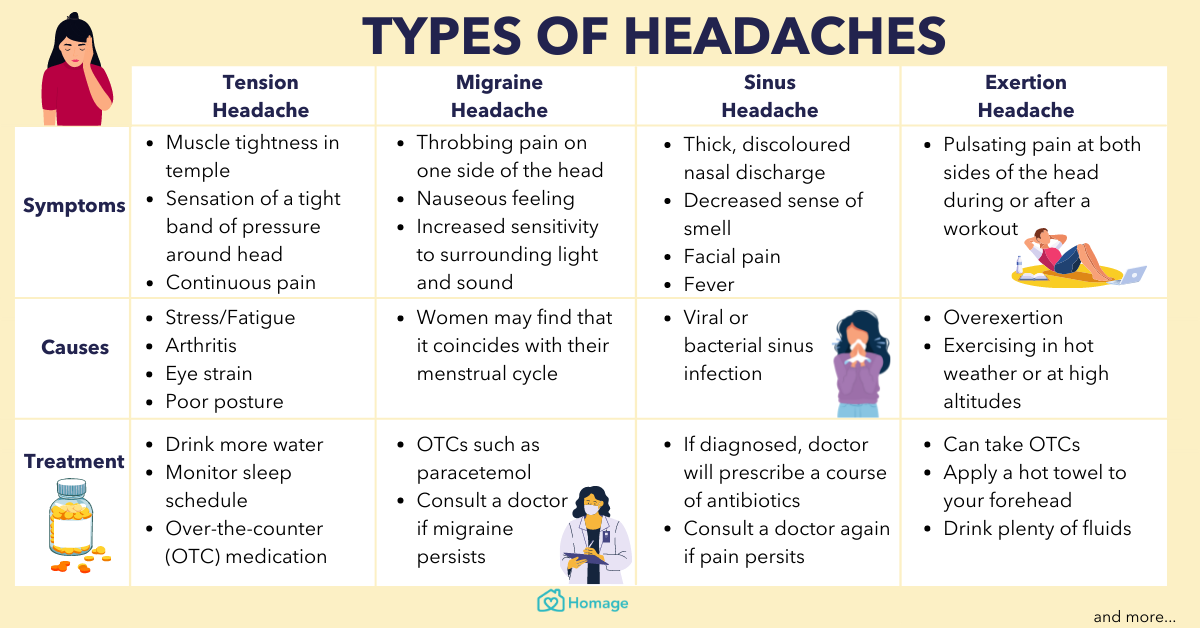



15 Types Of Headache How To Treat Each Of Them Homage
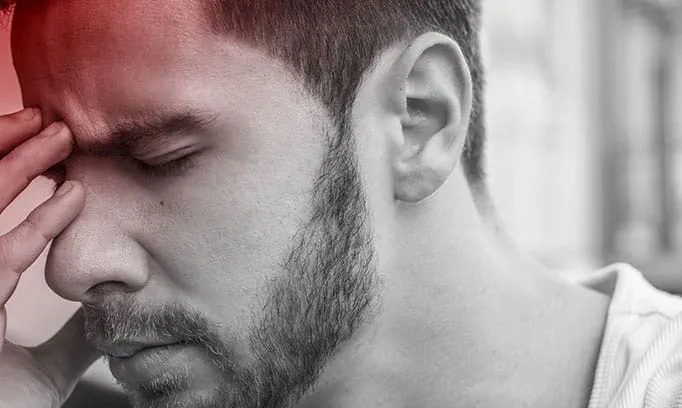



7 Signs Of A Dangerous Headache Allina Health




11 Types Of Headaches Causes And Treatment




Types Of Headaches Their Remedies And When To Seek Help




Should I Worry About A Headache Only On One Side Cleveland Clinic




What Causes Headaches Types Location And Treatments
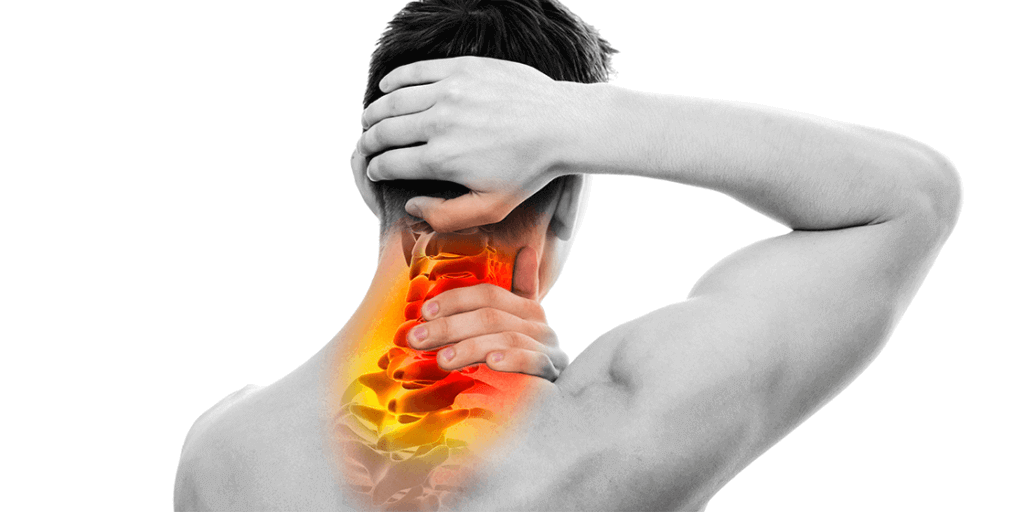



Why Do I Have A Severe Headache And Neck Pain At The Base Of My Skull Exhale Pt
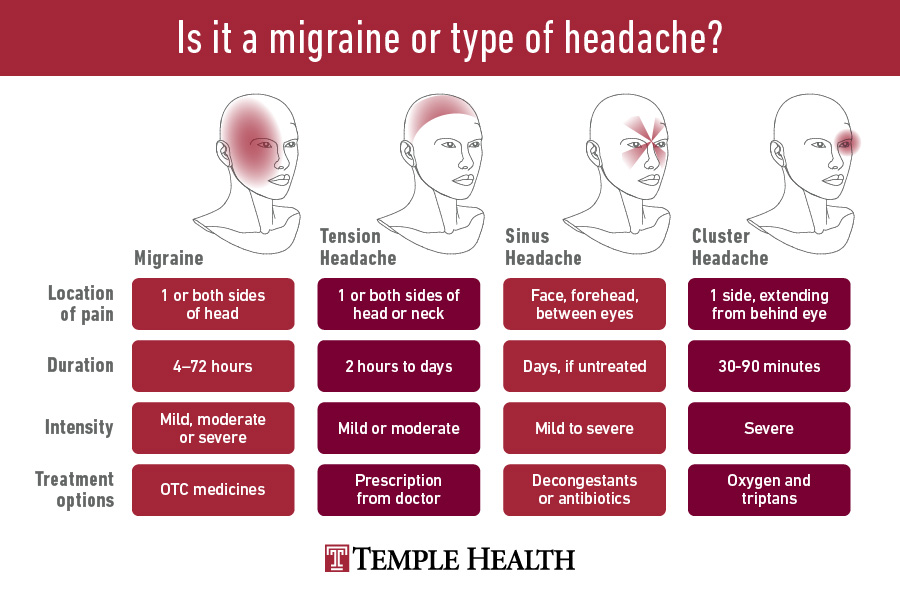



Is It A Migraine Or Headache Temple Health
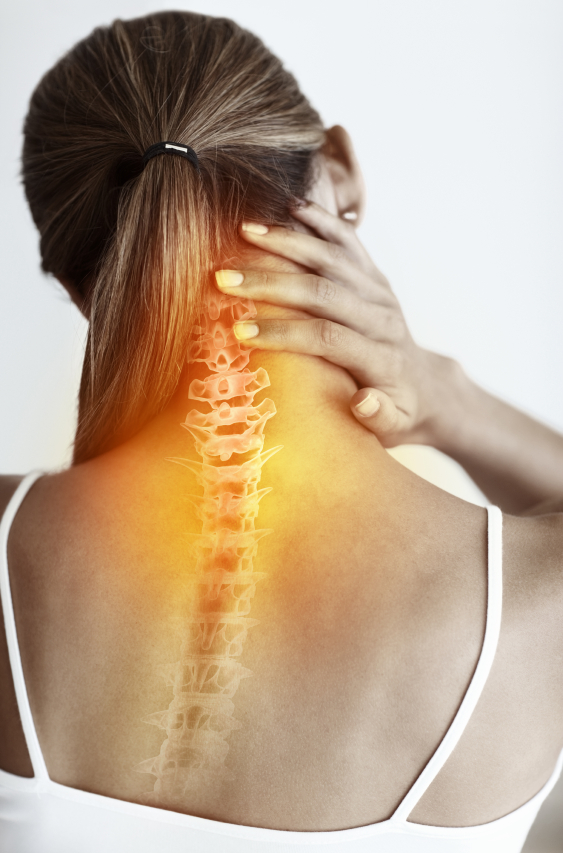



Ouch What S This Shooting Pain In My Head And Neck



Cervicogenic Headache




Headache Location Meaning What Can It Tell You




Headache At The Base Of Your Head Trigger Points Headache Treatment Headache




Headache On Top Of Head Causes Dull Left Side And Right Side




7 Tips For Relieving Headaches Caused By Neck Pain Disc




Headache Pain Nih News In Health




When Is A Headache A Sign Of A Brain Tumor
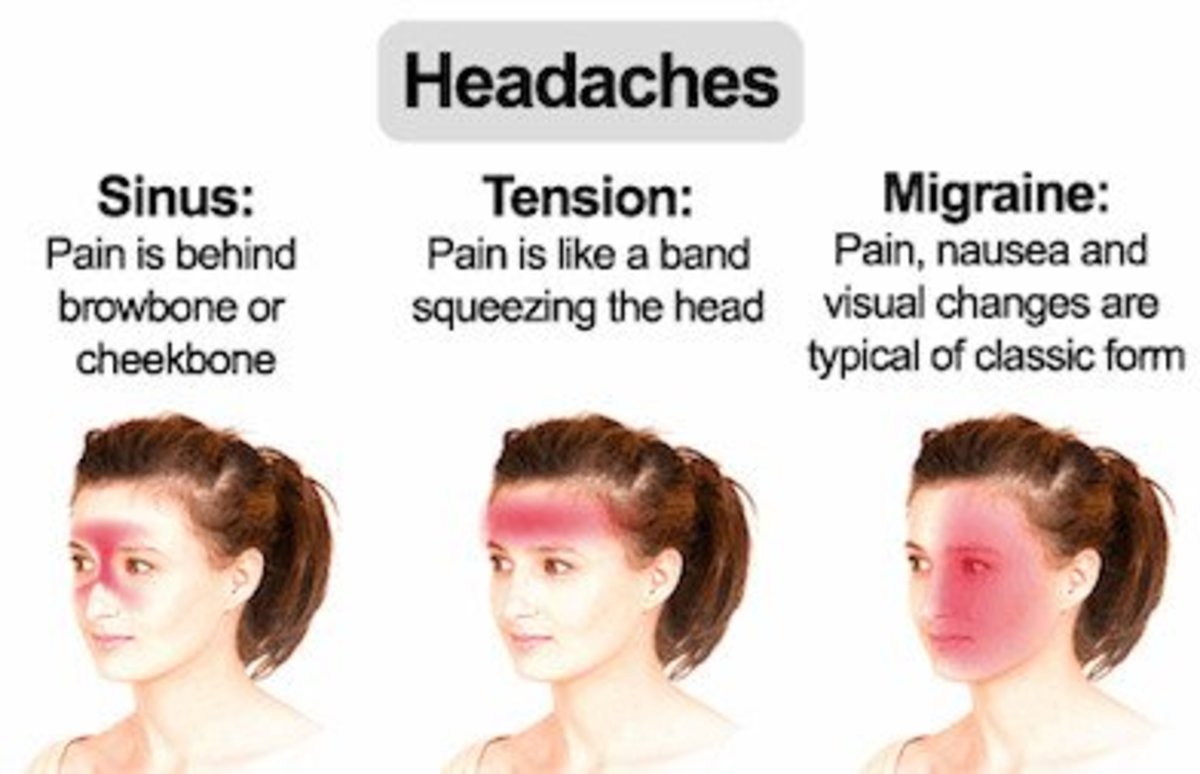



Headache In Back Of Head Location Causes And Treatment Hubpages




What Your Headache Is Telling You Advent Knows




Headache Muscle Tension Trigger Points And Referred Pain Arendt Nielsen 15 International Journal Of Clinical Practice Wiley Online Library




4 Common Types Of Headaches Symptoms Duration Neurosurgery Associates Columbus Ohio
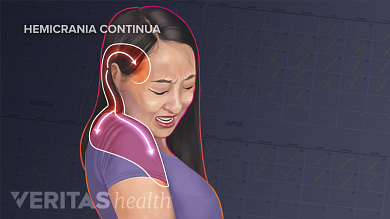



What Is Causing My Neck Pain And Headache
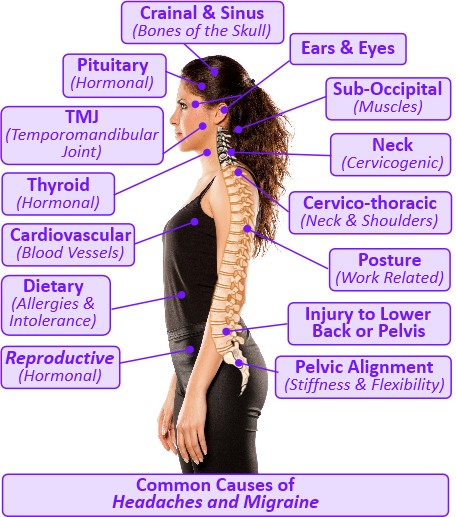



Migraine Headache Relief Norwich Norfolk Nfk Inspired Chiropractic




Headaches During Pregnancy Babycenter
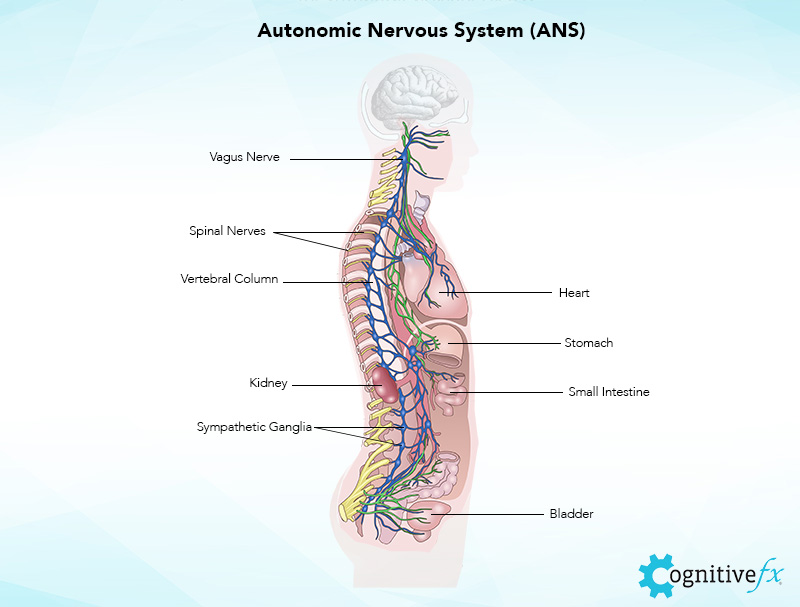



Concussion Headaches Or Post Traumatic Headaches Cognitive Fx




Is Headache Behind The Ear A Serious Problem Fccmg




17 Types Of Headaches Locations Symptoms Causes Treatment




Tension Headache Symptoms Tension Headache Treatment




Head Pain Witty Pask Buckingham



3
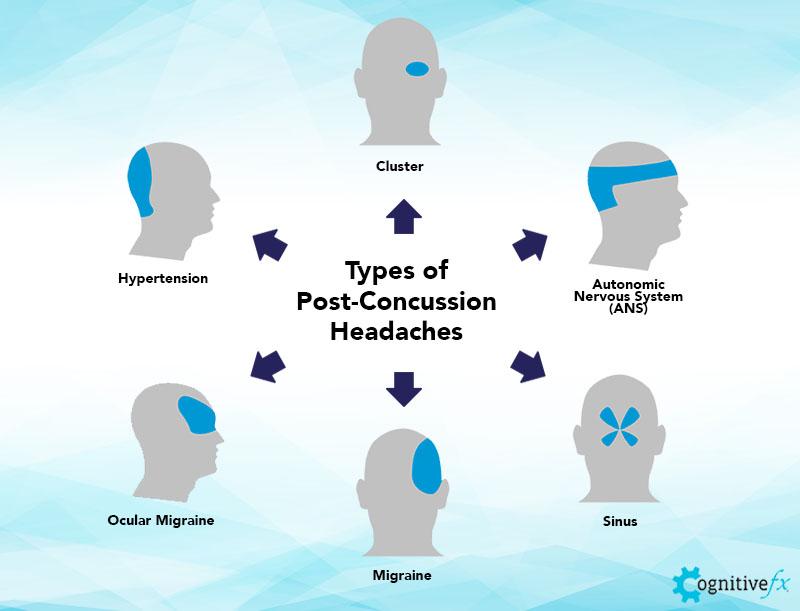



Concussion Headaches Or Post Traumatic Headaches Cognitive Fx




Managing Headaches With Ayurveda
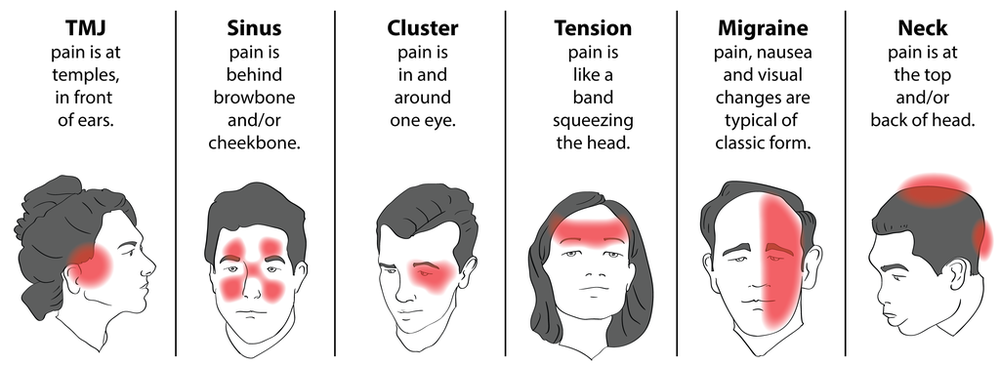



Headaches A Pain In The Neck Ov Chiropractic
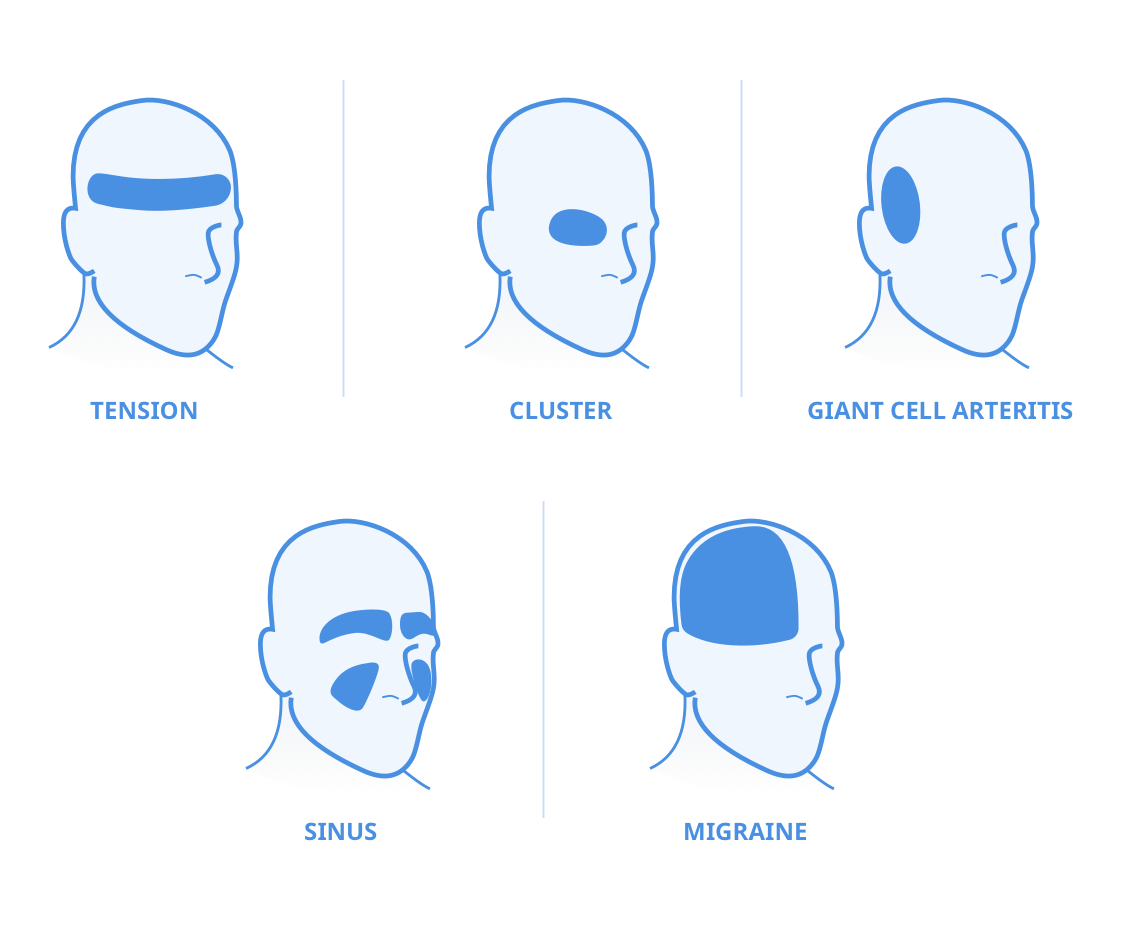



5 Types Of Headache And Their Locations




Heachaches Back Of The Head Self Myofascial Release Part I Youtube




The Types Of Headaches Their Causes And How To Treat Them
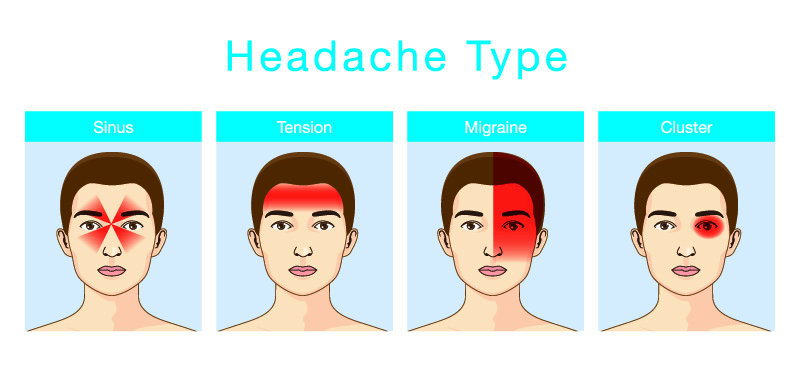



Migraines And Headaches Triggers And Treatments




That Tension Headache May Be A Pain In The Neck




Neck Headache Physio Works
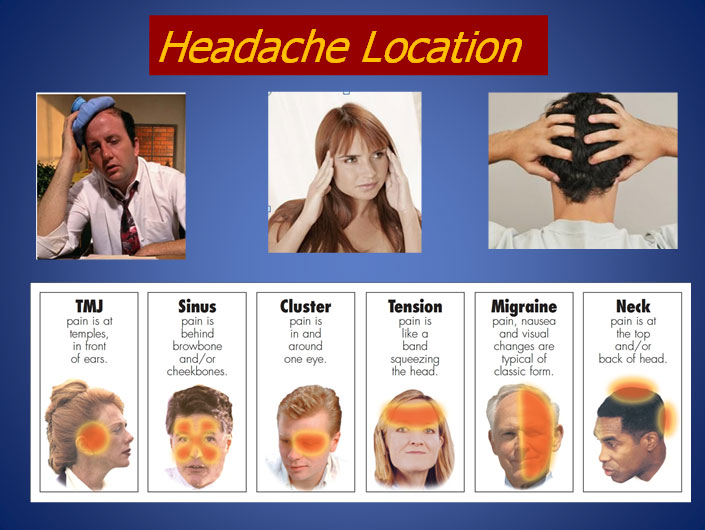



Blog




Pain In The Back Of The Head 5 Causes And Their Treatments




Pain In The Back Of The Head 5 Causes And Their Treatments
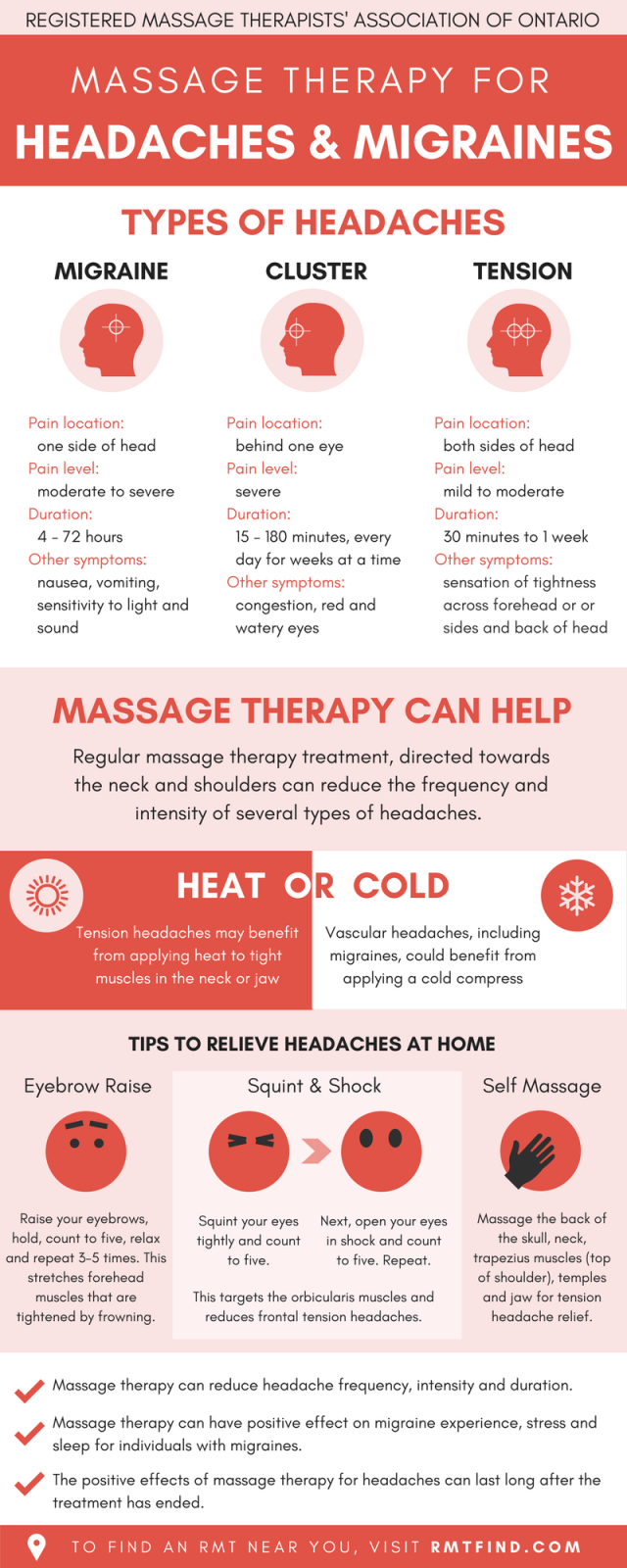



Massage Therapy For Tension Type Headaches Richard Lebert Registered Massage Therapy




Headaches Associated With Personal Protective Equipment A Cross Sectional Study Among Frontline Healthcare Workers During Covid 19 Ong Headache The Journal Of Head And Face Pain Wiley Online Library




Pain In Back Of Head Causes Treatment And More



So That S Why I Get A Headache Every Afternoon Greenville County Limitless Therapy Wellness
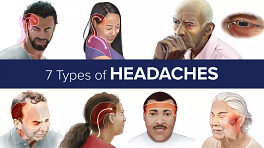



What Is Cervicogenic Headache
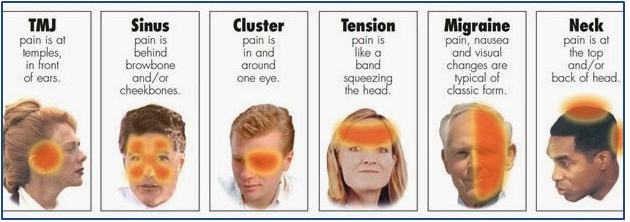



Migraine Rhp Physiotherapy
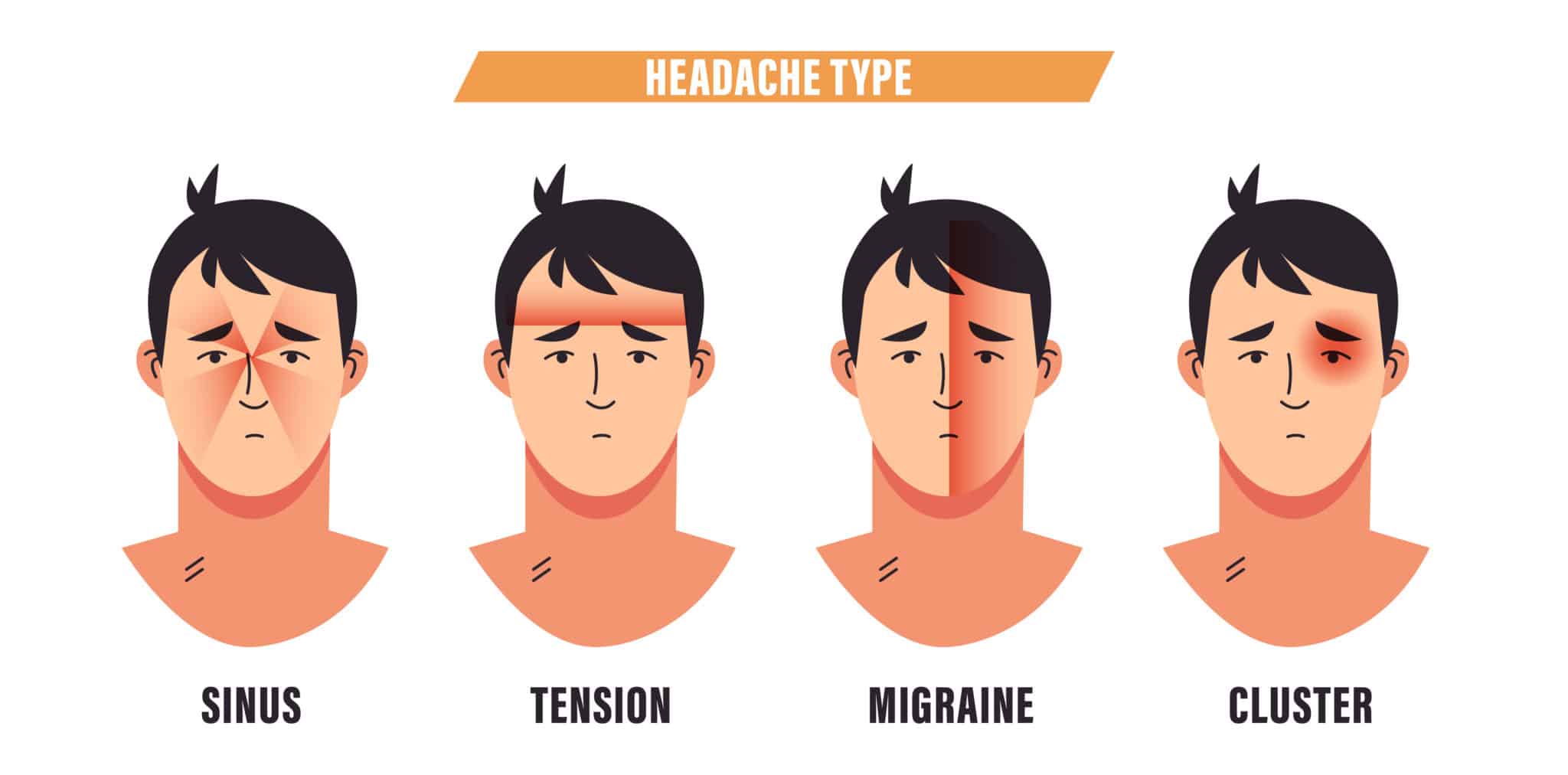



Tension Headaches Causes Symptoms And Treatment Airrosti




Learn About The Four Types Of Headaches
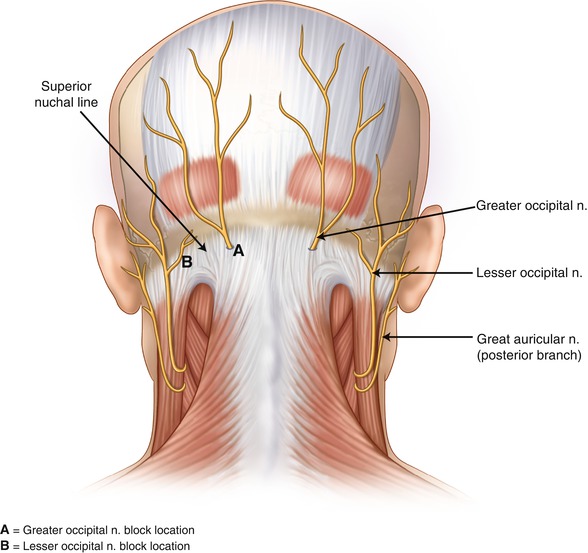



Headache And Neck Pain Is It Possible That Nerve Compression Is To Blame



Head And Neck Platinum Physiotherapy
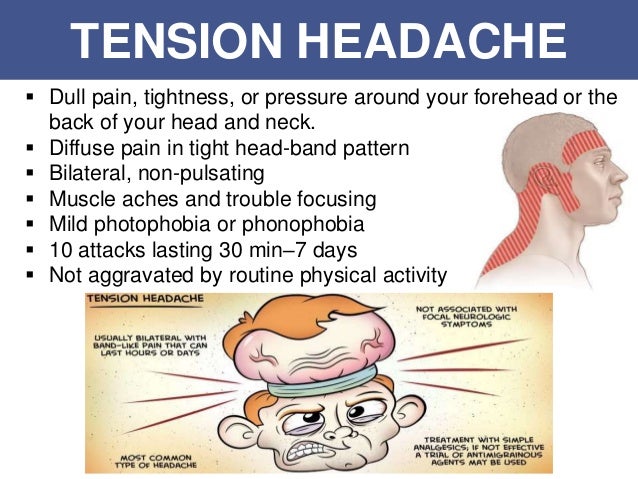



Headache Facial Pain




Difference Between Tension Headache And Cluster Headache
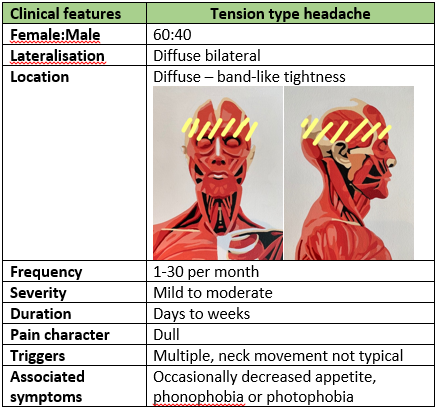



Elevate Chiropractic Blog Elevate Chiropractic




Is Your Headache A Pain In The Neck
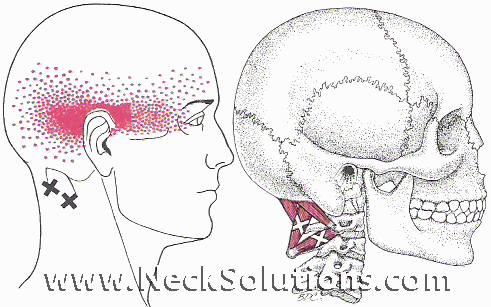



Headache Neck Pain Neck Pain Headaches Common Symptoms




What Is Occipital Neuralgia Cleveland Clinic




Dr Toryal Qader Medical Page Different Types Of Headaches A Migraine Types Of Headaches There Are A Number Of Certain Criteria That You Must Experience For A Headache To




Tension Headache Medlineplus Medical Encyclopedia
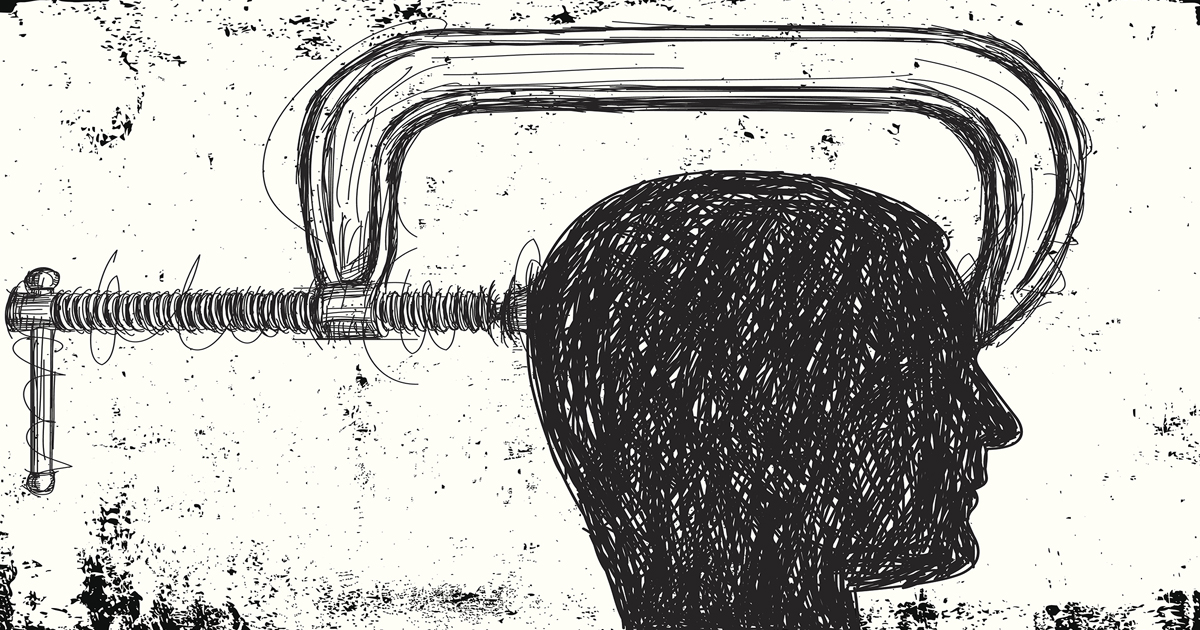



Common Types Of Headaches When To See A Doctor Cedars Sinai




What Causes Headaches At The Back Of The Head




Migraine Archives Milton Chiropractic Clinic




Understanding Headache Pain Saint Luke S Health System




Why Do I Have A Headache In The Back Of My Head



Headache Osteopath




Yoga For Headache Relief Enjoy Yoga Wellness




Cervicogenic Headache Symptoms Causes And Treatments




Mild Headache Causes Types Home Remedies Treatment




Occipital Headache During Exercise Cole Pain Therapy Group



0 件のコメント:
コメントを投稿